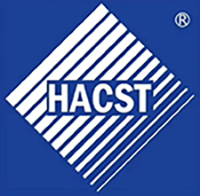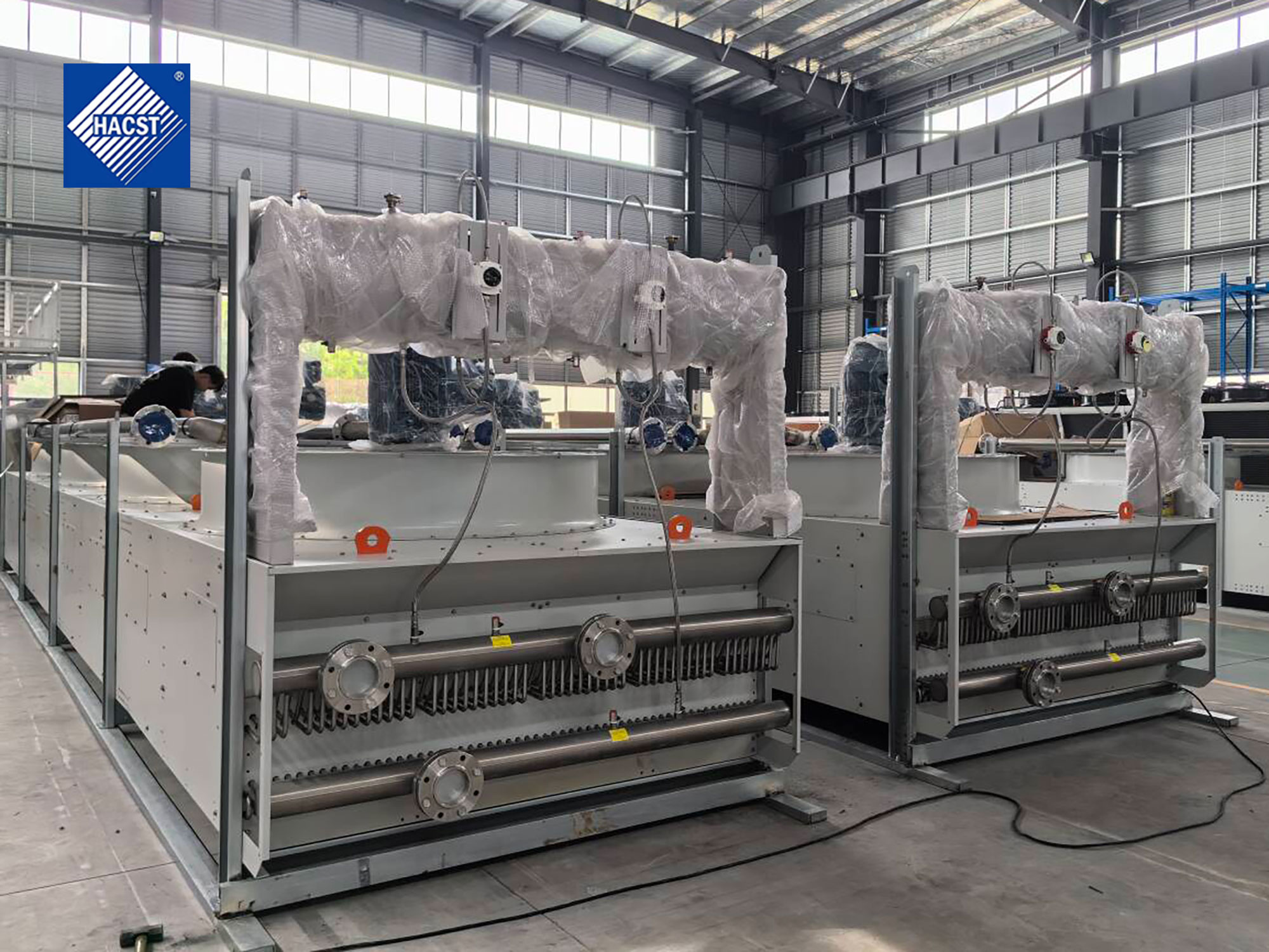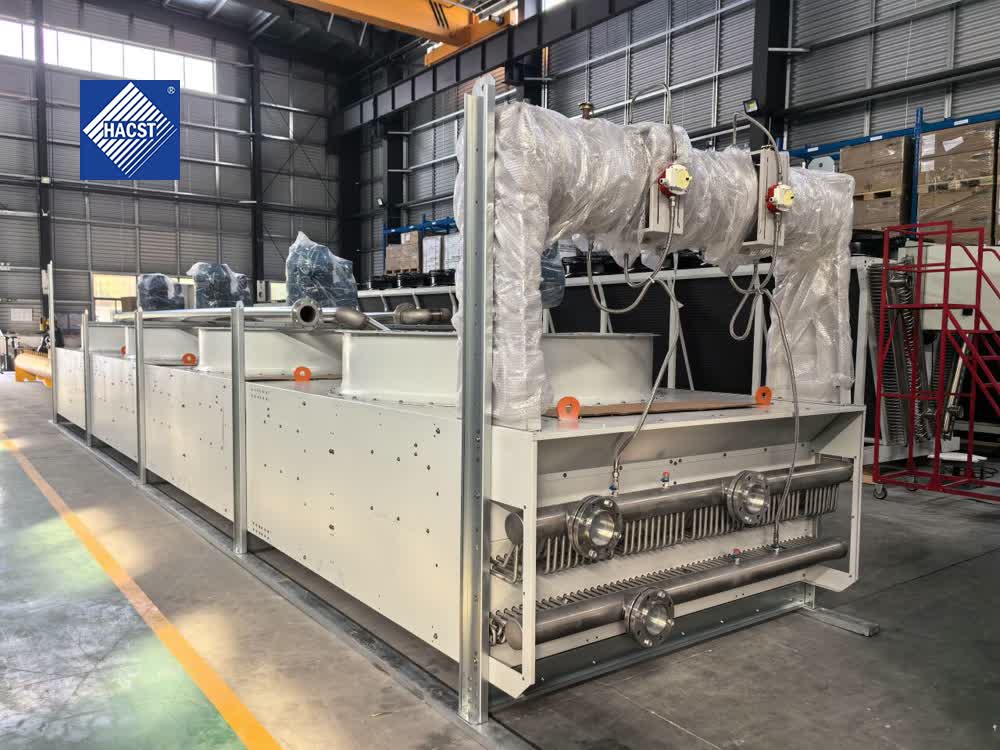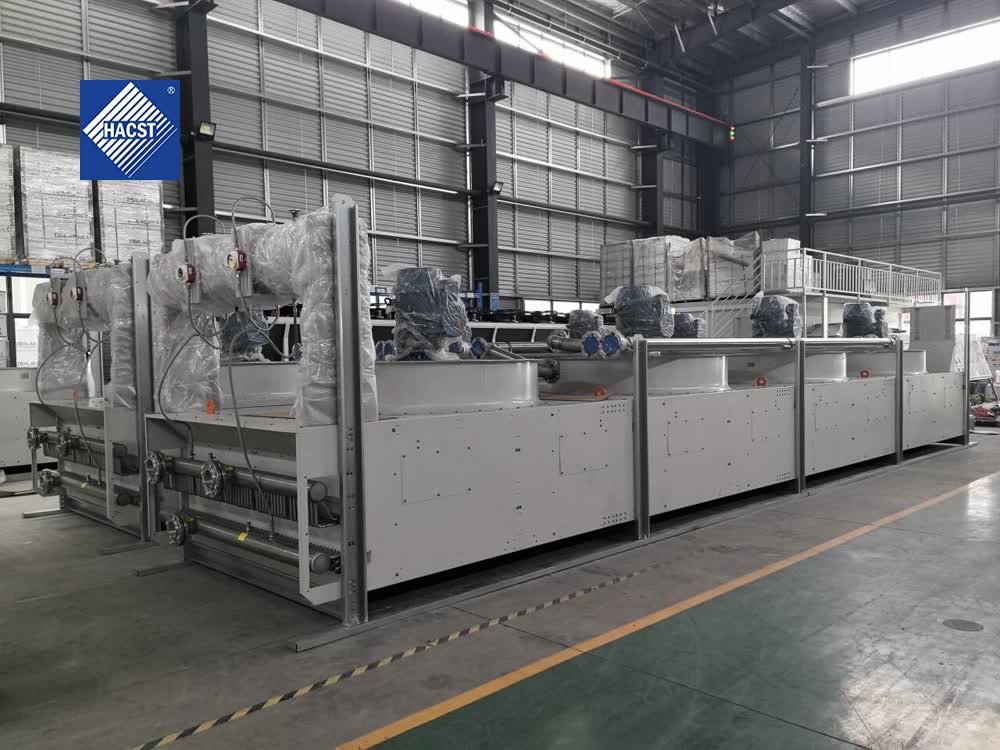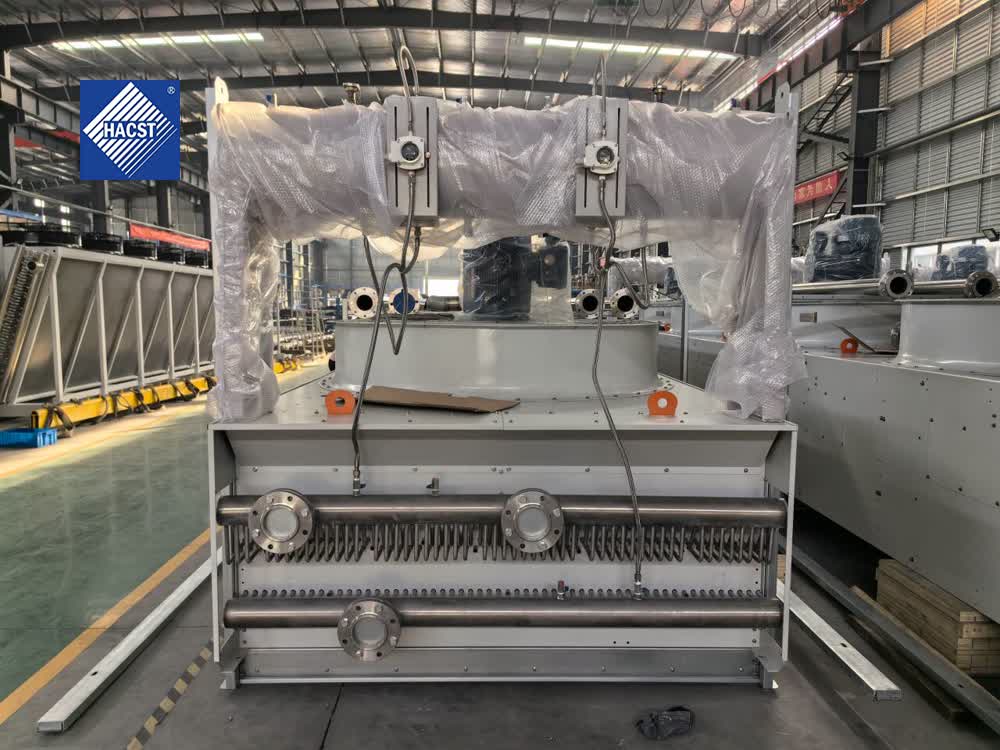guess you like
BHX Combined-Flow Closed-Circuit Cooling Tower – Scalable, Efficient, and Low-Scaling Design
BNX Counterflow Closed Circuit Cooling Tower – High-Efficiency Industrial Heat Exchanger
ZNX Counterflow Evaporative Condenser – Compact, High-Performance Heat Rejection
ZHX Combined Flow Evaporative Condenser – Enhanced Efficiency with Fill-Assisted Heat Transfer
Cooling Coil
Drift Eliminator
PVC Fill
Fan
Spray Nozzle
V-type Air Cooler
Platform Air Cooler
Overview
The Platform Air Cooler is a large-scale industrial cooling solution typically installed on elevated structures or steel platforms.
Its horizontal layout enables high cooling capacities in petrochemical plants, power generation facilities, and large-scale process industries.
With modular design and customizable height, it ensures optimal airflow distribution and accessibility for heavy-duty industrial cooling tasks.
Working Principle
Hot process fluid circulates through finned tube bundles, while axial fans force large volumes of ambient air horizontally across the coil surface.
Heat is rejected to the atmosphere through forced convection, without consuming water.
Platform mounting ensures unobstructed airflow intake and discharge, improving efficiency while keeping ground space free for other utilities.
Applications
- Oil & Gas Refineries: Efficient cooling of hydrocarbon process streams and condensers.
- Power Stations: Generator and turbine auxiliary cooling in high ambient climates.
- Chemical Plants: Process cooling for continuous operations.
- Metallurgy: Cooling circuits for furnaces and rolling mills.
Key Advantages
- Large cooling capacity suitable for continuous industrial operation.
- Elevated design optimizes natural airflow intake and minimizes recirculation.
- Dry cooling—no water consumption, environmentally friendly.
- Customizable platform height to suit site conditions.
- Optional sound attenuators and VFD controls reduce noise and save energy.
Design Features
The platform cooler is typically built with heavy-duty galvanized steel frames supporting coil bundles and axial fans.
Multiple modular sections can be combined to meet capacity requirements.
Platforms allow safe operator access for inspection and maintenance, while minimizing obstruction of other plant operations.
Coil materials can be copper, stainless steel, or special alloys depending on process fluid compatibility.
Selection Guide
When selecting a platform air cooler, engineers should evaluate cooling duty, ambient conditions, noise regulations, and site layout.
Platform height is determined by space availability, wind direction, and heat recirculation risk.
Projects requiring reduced noise should specify low-speed fans and silencers. For aggressive environments (e.g. coastal or chemical exposure), stainless steel or epoxy-coated fins are recommended.
Installation & Maintenance
Installation requires structural integration with steel platforms, ensuring sufficient load-bearing capacity.
Maintenance includes fan inspection, coil cleaning, fin straightening, and vibration monitoring.
Access walkways and ladders are standard for operator safety. Preventive maintenance plans typically involve seasonal fan balancing and coil pressure testing.
Development Trends
Platform air coolers are trending toward hybrid cooling with optional adiabatic spray systems for peak load handling,
smart monitoring with IoT-based sensors for predictive maintenance, and energy optimization via advanced EC fans.
The future focus is on lower noise, higher efficiency, and corrosion-resistant materials to extend lifespan in harsh industrial environments.
